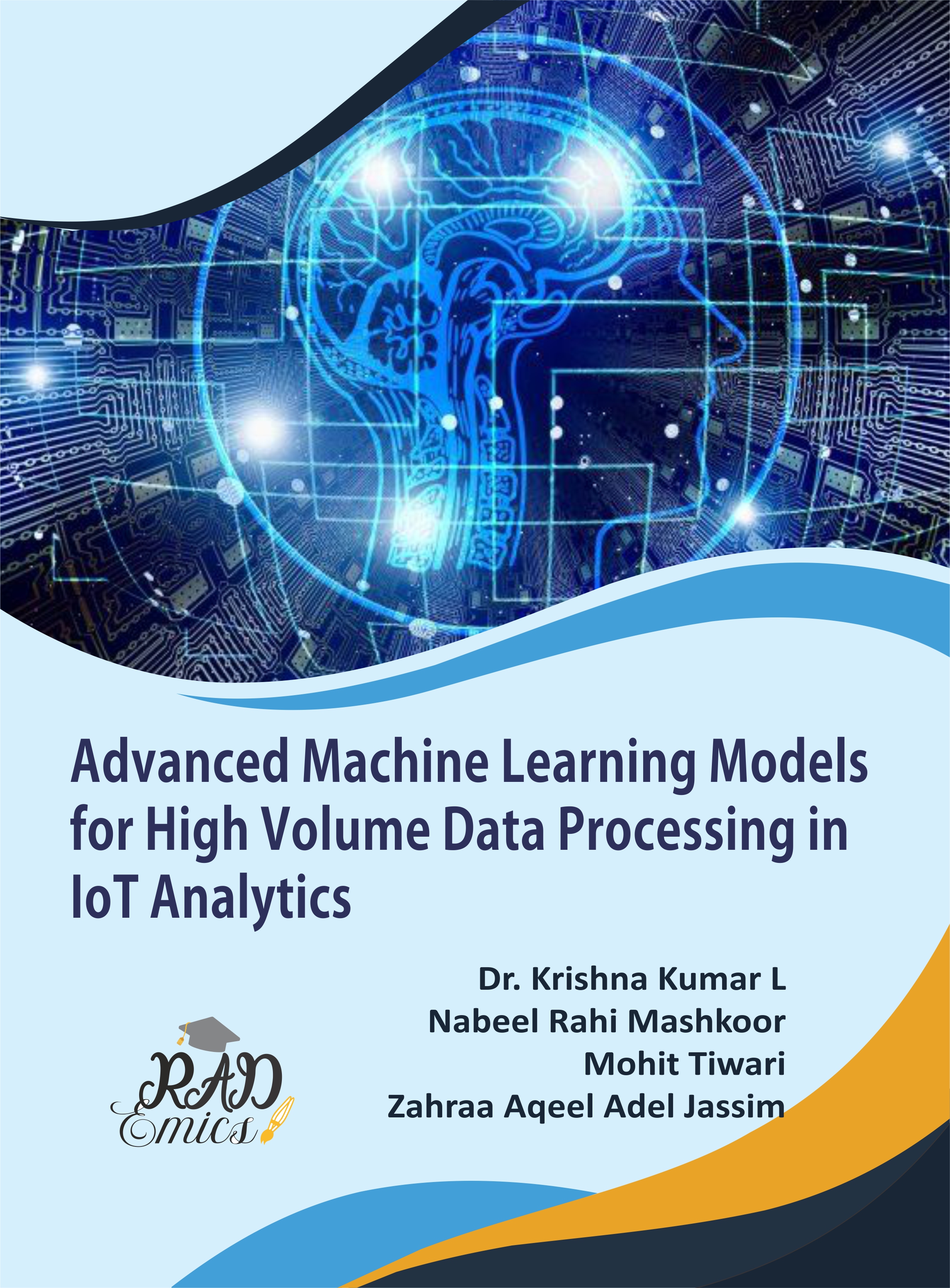
Abstract
The IOT generates vast and varied datasets, posing significant challenges in data preprocessing for large-scale applications. This book chapter provides a comprehensive exploration of innovative preprocessing methods tailored to the unique demands of IoT environments. It delves into the fundamental characteristics of IoT data, focusing on its volume, velocity, variety, and veracity. Key topics include the latest advancements in real-time data processing, distributed computing, and edge computing, as well as the integration of machine learning techniques for enhanced data quality. Additionally, the chapter examines multi-modal data handling strategies and emphasizes the importance of data provenance and traceability in ensuring data integrity and compliance. By addressing the critical gaps in current methodologies, this chapter offers valuable insights and practical solutions for optimizing data preprocessing in complex IoT systems. The discussed techniques and frameworks are essential for managing high-velocity data streams, integrating heterogeneous data types, and maintaining high data quality, thus contributing to more effective and scalable IoT applications.
Introduction
The IOT was transforming numerous sectors by interconnecting a vast array of devices, generating unprecedented volumes of data that have far-reaching implications for technology and business operations [1,2]. As IoT systems expand, the complexity and scale of data management and preprocessing have become increasingly significant [3]. IoT data was characterized by its high volume, rapid velocity, diverse variety, and varying veracity, presenting substantial challenges for traditional data processing methods [4]. This chapter explores these challenges in detail, focusing on innovative preprocessing techniques tailored to the unique demands of large-scale IoT environments [5-7].
The volume of data generated by IoT devices was staggering, with billions of data points collected continuously from diverse sources [8]. Managing this influx of data requires advanced storage solutions and processing frameworks capable of scaling efficiently [9]. Traditional databases often struggle with the sheer magnitude of IoT data, necessitating the adoption of big data technologies such as distributed computing platforms and cloud-based storage solutions [10-12]. This chapter examines how these technologies address the challenge of handling massive datasets, providing a foundation for effective data management in IoT applications [13].